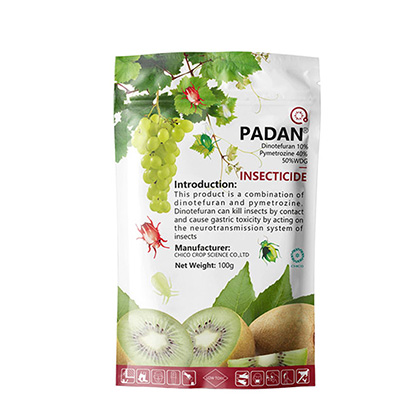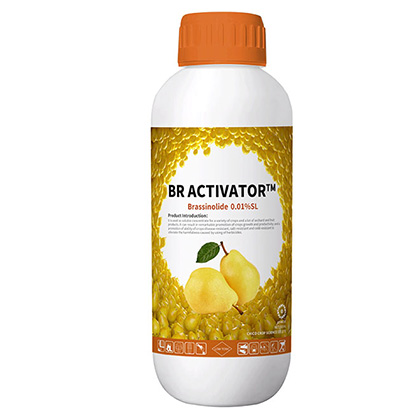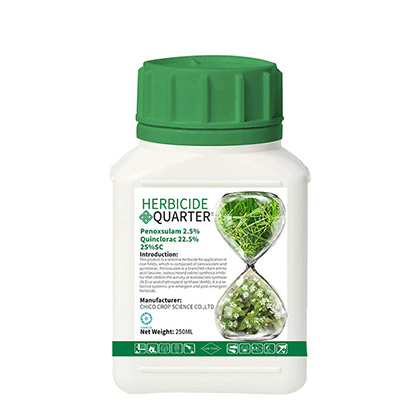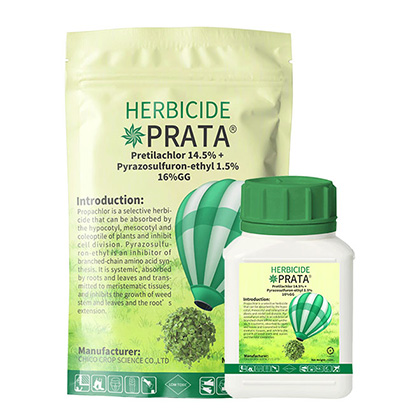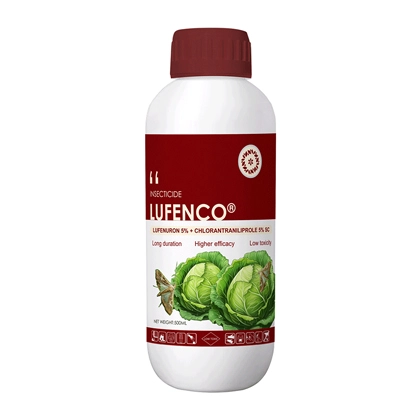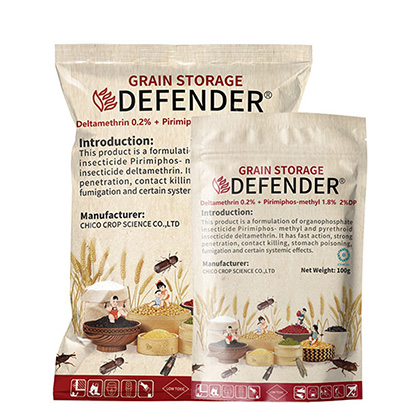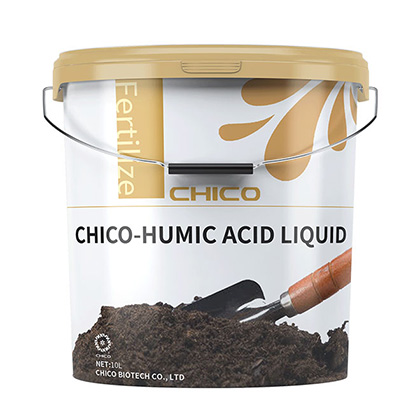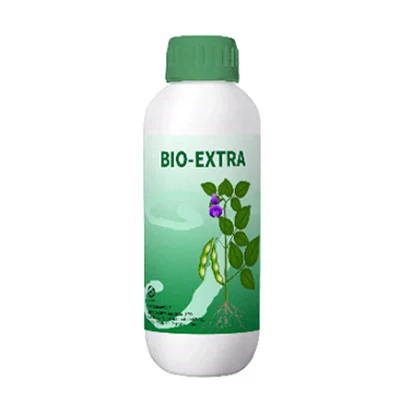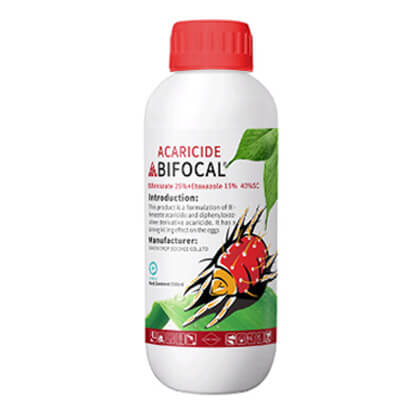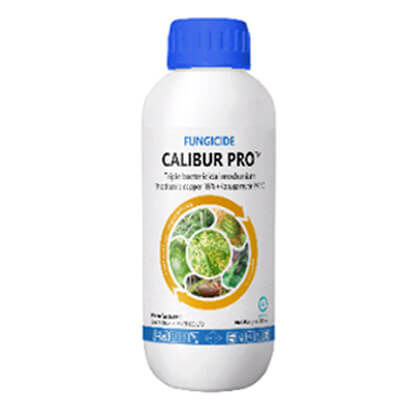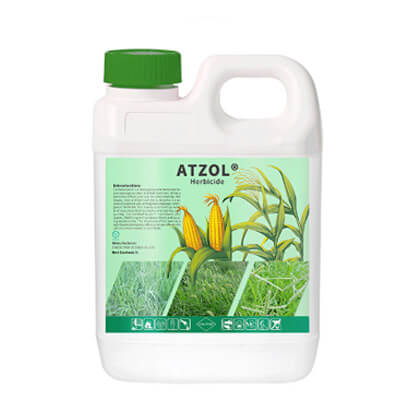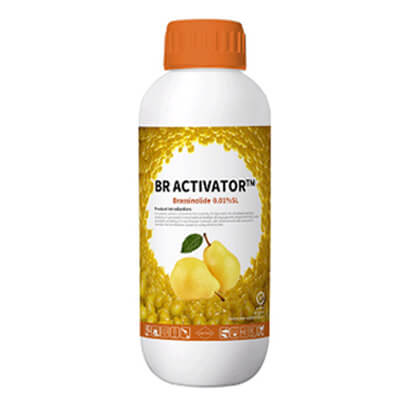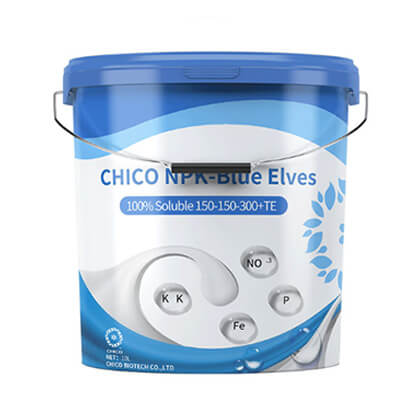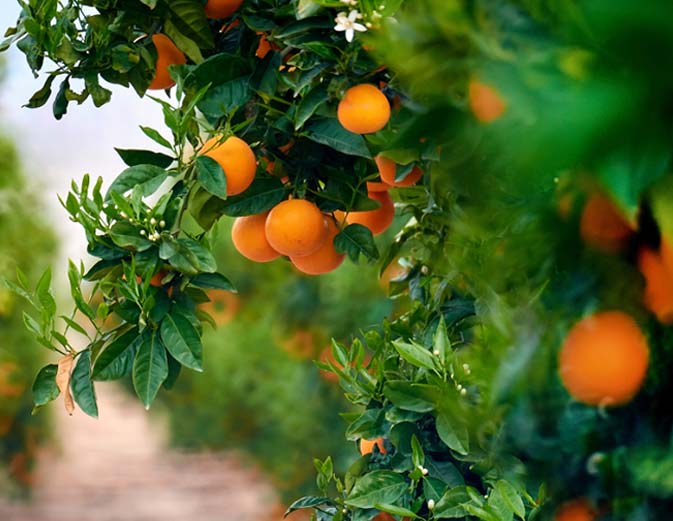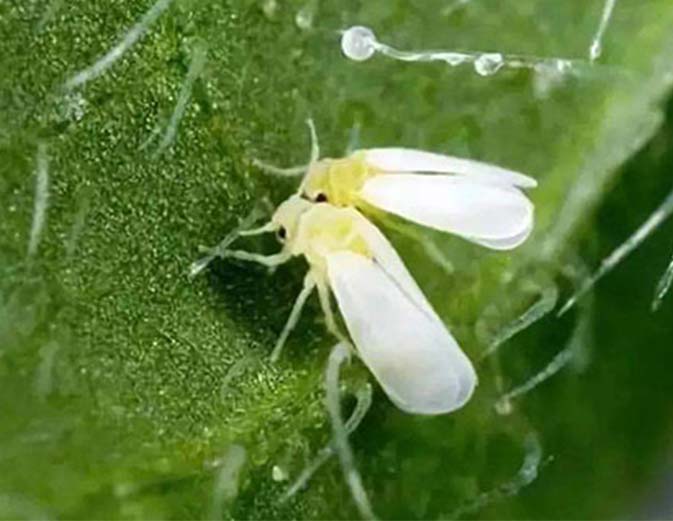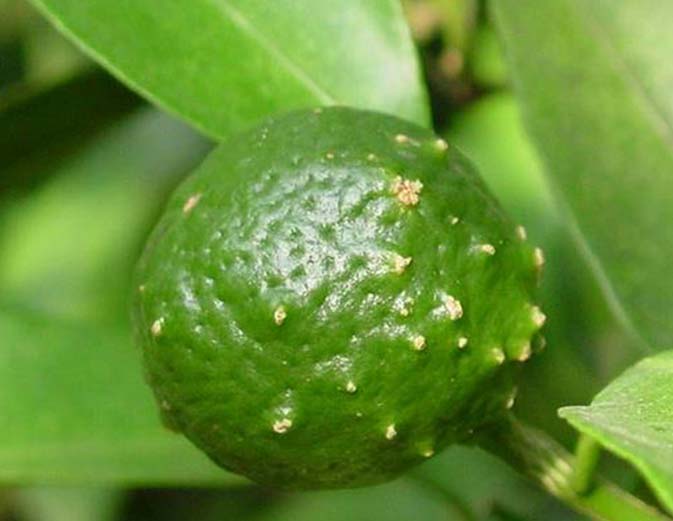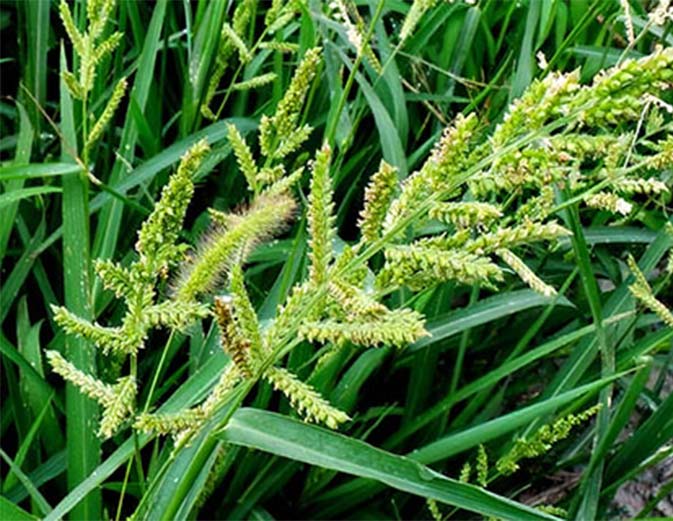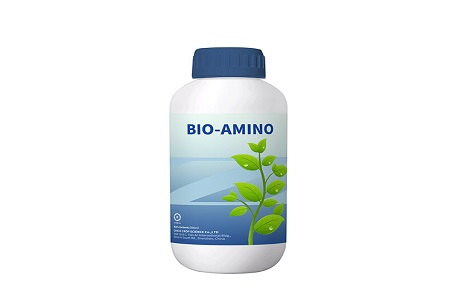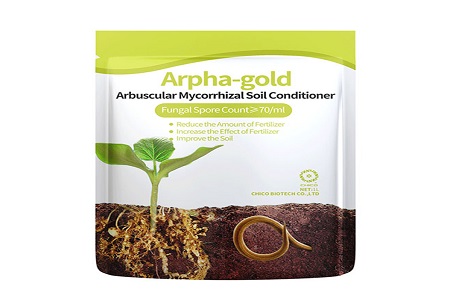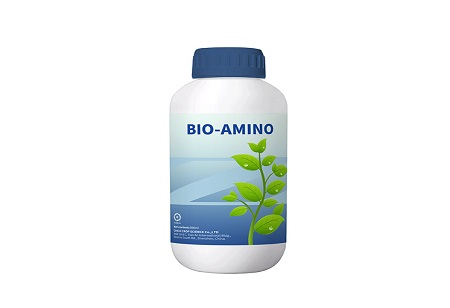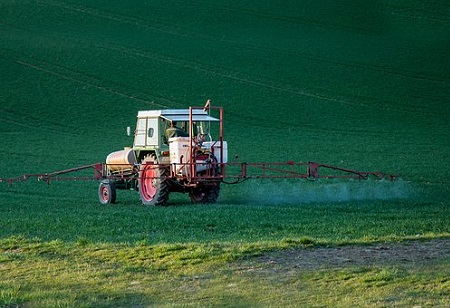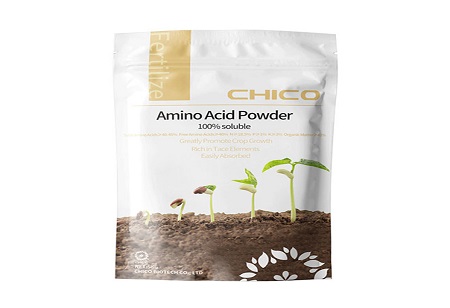
What Are the Differences Between NPK Compound Fertilizer and NPK Soluble Fertilizer?
Although both NPK compound fertilizer and NPK soluble fertilizer provide the three essential nutrients (N, P, K) for crops, they have significant differences in terms of composition, solubility, usage methods, and effectiveness speed.
Comparison of Composition and Production Processes
NPK Compound Fertilizer
Main raw materials: Urea, Monoammonium Phosphate/Diammonium Phosphate, Potassium Chloride, and other conventional nutrient salts;
Production methods: Physical mixing or chemical synthesis (such as granulation method, high-tower granulation);
Purity and impurities: Often contains fillers like clay, sulfur, and has more impurities;
Trace element addition: Generally does not contain or contains very few trace elements.
NPK Soluble Fertilizer
Main raw materials: High-purity Potassium Nitrate, Monopotassium Phosphate, chelated trace elements (such as Fe, Zn, B, etc.);
Production methods: Combines high-purity dissolution and chelation technology;
Purity and impurities: High purity (≥99%), no residue;
Trace element addition: Nutrient elements can be precisely added according to crop needs.
Comparison of Solubility and Usage Methods
NPK Compound Fertilizer
Water solubility: Partially soluble, easily forms residues, clogs drip irrigation systems;
Usage methods: Mostly used for basal application, broadcasting, or furrow application, etc.;
Applicable systems: Suitable for traditional farmland environments.
NPK Soluble Fertilizer
Water solubility: Fully soluble, no residue, easy to use;
Usage methods: Supports drip irrigation, sprinkler irrigation, foliar spraying, suitable for modern water-fertilizer integrated systems;
Applicable systems: Widely used in greenhouses, soilless cultivation, and high-efficiency agricultural systems.
Comparison of Fertilizer Effectiveness and Speed
NPK Compound Fertilizer
Effectiveness speed: Slow (generally 7-15 days);
Duration: Long-lasting effect (30-60 days);
Absorption efficiency: Low (30-50%), greatly affected by soil fixation and volatilization.
NPK Soluble Fertilizer
Effectiveness speed: Fast (3-5 days);
Duration: Short-lasting effect (7-15 days), needs regular supplementation;
Absorption efficiency: High (up to 80-95%), better utilization rate.
Comparison of Applicable Scenarios and Crops
NPK Compound Fertilizer
Applicable soil: Commonly used in neutral or acidic soils;
Applicable crops: Suitable for field crops like rice, wheat, corn, etc.;
Climate adaptability: Suitable for rainy seasons, flood irrigation environments.
NPK Soluble Fertilizer
Applicable soil: More suitable for saline-alkali land, sandy soil, and other environments with poor fertility retention;
Applicable crops: Particularly suitable for fruits, vegetables, flowers, greenhouse crops, and soilless cultivation;
Climate adaptability: Better suited for drought-resistant, water-saving agricultural environments.
How to Choose Fertilizer Scientifically?
Choosing NPK Compound Fertilizer
Suitable for field crops or cost-sensitive planting scenarios;
Soil with good fertility retention, suitable for long-term fertilization.
Choosing NPK Soluble Fertilizer
Suitable for economic crops, high-efficiency agriculture, and water-fertilizer integrated systems;
Suitable for agricultural environments that urgently need quick fertilization, have infertile soil, or require water-saving.
In actual agricultural production, it is recommended to use NPK compound fertilizer and NPK soluble fertilizer in a combined manner to fully utilize their respective advantages. Specifically, apply compound fertilizer as basal fertilizer before crop sowing or planting to provide continuous and stable nutrient support for the early growth of crops, enhancing the soil fertility foundation; while during the mid to late stages of crop growth, especially during peak fertilizer demand, apply water-soluble fertilizer timely as top-dressing based on crop growth conditions to quickly supplement nutrients and precisely meet the nutritional needs of crops during critical periods.
This "long-term + quick effect" combined fertilization strategy ensures continuous fertilization throughout the crop's growth cycle and rapid response during urgent fertilizer needs, effectively improving fertilizer utilization, crop yield, and quality. At the same time, it helps reduce fertilizer waste and environmental pollution, achieving more sustainable, economical, and efficient agricultural planting goals.
